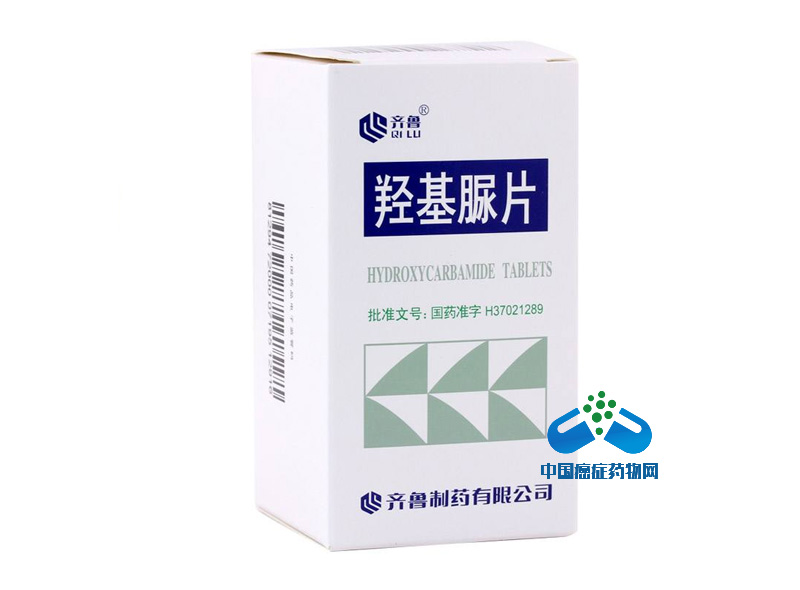c-Met靶向抗体抑制晚期实体瘤

与癌症的母亲拥抱女儿
c-Met靶向抗体Telisotuzumab Vedotin在晚期实体瘤患者中剂量提高和扩展的首次人体试验I阶段研究
First-in-Human Phase I, Dose-Escalation and –Expansion Study of Telisotuzumab Vedotin, an Antibody–Drug Conjugate Targeting c-Met, in Patients With Advanced Solid Tumors
· Strickler JH, Weekes CD, Nemunaitis J, et al. First-in-Human Phase I, Dose-Escalation and -Expansion Study of Telisotuzumab Vedotin, an Antibody–Drug Conjugate Targeting c-Met, in Patients With Advanced Solid Tumors. Journal of Clinical Oncology;0:JCO.2018.78.7697.
· Corresponding author: John H. Strickler, MD, Duke Cancer Center, 20 Duke Medicine Circle, Durham, NC 27710; e-mail: john.strickler@dm.duke.edu.
Purpose 目的
This first-in-human study evaluated telisotuzumab vedotin (Teliso-V), formerly called ABBV-399, an antibody–drug conjugate of the anti–c-Met monoclonal antibody ABT-700 and monomethyl auristatin E.
这项首次在人体研究评估了telisotuzumab vedotin(teliso v)(以前被称为“ABBV-399”)的疗效。这是一种与抗c-Met单克隆抗体ABT-700和一甲基auristatin E共轭的抗体药物。
Materials and Methods 材料和方法
For dose escalation, three to six patients with advanced solid tumors were enrolled in eight cohorts (0.15 to 3.3 mg/kg). The dose-expansion phase enrolled patients with non–small-cell lung cancer (NSCLC) with c-Met–overexpressing tumors (c-Met positive; immunohistochemistry membrane H-score ≥150). Patients received Teliso-V monotherapy intravenously on day 1 once every 3 weeks. Safety, tolerability, pharmacokinetics, and maximum tolerated dose were determined.
对于剂量增加,有3至6名晚期实体肿瘤患者被登记至8个队列组(0.15至3.3毫克/公斤)。剂量-扩张阶段招募c-Met过度表达肿瘤(c-Met阳性;免疫组织化学膜H值≥150)的非小细胞肺癌患者(NSCLC)。患者接受Teliso-V的单一疗法,每3周的第1天接受一次静脉注射治疗。我们要确定安全性、耐受性、药动学和最大耐受剂量。
Results 结果
Forty-eight patients were enrolled (median age, 65 years; 35.4% NSCLC; median four prior therapies). One patient each in the 3.0-mg/kg (n = 9) and 3.3-mg/kg (n = 3) cohorts experienced dose-limiting toxicities. Although the maximum tolerated dose was not formally identified, the recommended phase II dose was defined as 2.7 mg/kg on the basis of overall safety and tolerability.
48名患者被登记(中位年龄,65岁;35.4%为非小细胞肺癌;前4种治疗方案的中值)。3.0毫克/公斤(n=9)组和3.3毫克/公斤(n=3)组的每一位患者都经历过剂量限制的毒性。虽然未正式确认最大耐受剂量,但建议的第二阶段剂量在总体安全和耐受性的基础上被定为2.7毫克/公斤。
The most frequent treatment-emergent adverse events (any grade) were fatigue (42%), nausea (27%), constipation (27%), decreased appetite (23%), vomiting (21%), dyspnea (21%), diarrhea (19%), peripheral edema (19%), and neuropathy (17%). The most frequent Teliso-V–related grade ≥3 adverse events were fatigue, anemia, neutropenia, and hypoalbuminemia (4% each).
最常见的治疗紧急不良事件(任何等级)都是疲劳(42%)、恶心(27%)、便秘(27%)、食欲下降(23%)、呕吐(21%)、呼吸困难(21%)、腹泻(19%)、周边水肿(19%)和神经病变(17%)。Teliso-V相关的最常见的四类不良反应是疲劳、贫血、嗜中性和低蛋白血症(4%)。
Teliso-V and total antibody pharmacokinetics were approximately dose proportional, with a mean harmonic half-life of 2 to 4 days each. Prospective screening identified 35 (60%) of 58 patients with c-Met–positive NSCLC. Of 16 patients with c-Met–positive NSCLC who were treated with Teliso-V 2.4 to 3.0 mg/kg, three (18.8%; 95% CI, 4.1% to 45.7%) achieved a partial response (median response duration, 4.8 months; median progression-free survival, 5.7 months; 95% CI, 1.2 months to 15.4 months). No other patients experienced a response.
Teliso-V和总抗体药动学大约与剂量成比例,平均谐波半衰期为2到4天。前瞻性筛查确定了58名中的35名(60%)c-Met阳性的NSCLC。16个c-Met -阳性的NSCLC患者接受了Teliso-V 2.4到3.3毫克/公斤的治疗。三例(18.8%;95%CI,4.1%到45.7%)得到了部分缓解(中值缓解时间,4.8个月;无进展生存期,5.7个月;95%CI,1.2个月到15.4个月)。没有其他病人有反应。
Conclusion 结论
Teliso-V monotherapy demonstrated favorable safety and tolerability profiles, with encouraging evidence of antitumor activity in patients with c-Met–positive NSCLC.
Teliso-V单药治疗表现出良好的安全性和耐受性,并有令人鼓舞的证据表明其对c-Met阳性的NSCLC的患者有抗肿瘤活性。
文章来源网络,如有侵权,请联系删除,
同类文章排行
- 30岁戒烟成功,因肺癌死亡的概率不到2%:有5种症状的人,快戒烟
- 国家癌症中心首次公布各省癌症高发地图
- 乳腺癌的治疗模式与发展
- 跨国药企牵手本土医药融合加速,礼来本土化创新之路行深致远
- 肿瘤患者如何降低感染风险?
- 肺癌放疗进展盘点
- PE-cfDNA检测EGFR敏感突变适用于临床实践
- 食管癌全程优化管理迎接免疫2.0时代!
- PSMA PET成像让前列腺癌无处遁形
- KEYNOTE-394:让最大限度延长中晚期肝癌的OS成为可能
最新资讯文章
您的浏览历史








